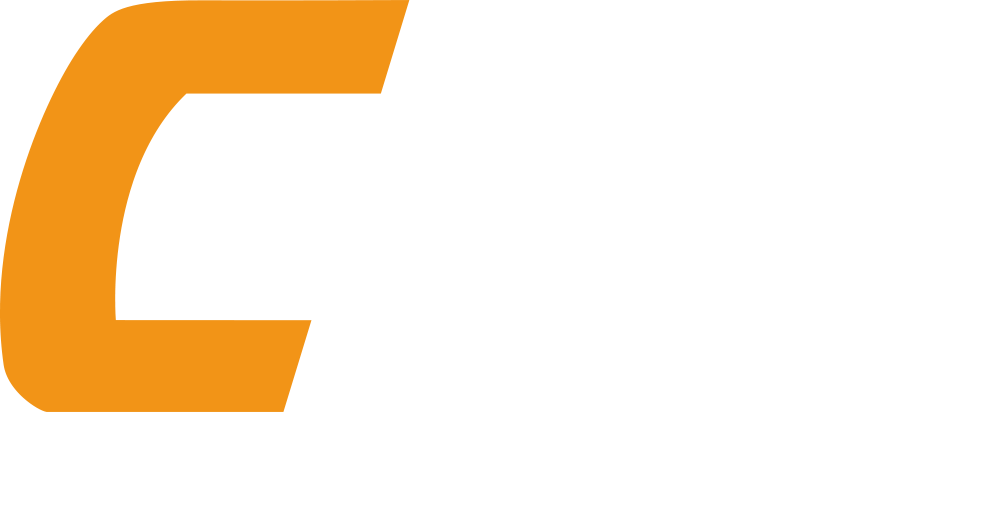CHZ Lighting - Fabricant de lampadaires à LED et de projecteurs à LED depuis 2013
Compatibility of LED street lights with smart city technology
Compatibility of LED street lights with smart city technology
LED street lights are highly compatible with smart city technology, making them an important part of the development of modern and efficient urban environments. Let’s elaborate on the key aspects of LED street lighting’s compatibility with smart city technologies.
1. Remote monitoring:
LED street lights can be equipped with sensors and communication modules, and various sensors, including light sensors, temperature sensors and power consumption sensors, can be integrated into LED lamps. Communication protocols such as Zigbee or LoRaWAN are often used to seamlessly connect to central management systems. Real-time remote monitoring and control is achieved through the central management system. This feature enables municipalities to remotely monitor the performance of each light, analyze individual fixtures in real time, detect faults or power outages in real time, and adjust lighting levels as needed, enabling proactive maintenance and optimized performance. This proactive regulation reduces downtime, improves operational efficiency and reduces maintenance costs.
2. Energy management:
Smart LED streetlights can be integrated with energy management systems to dynamically adjust lighting levels through dimming control based on input from ambient light sensors or centralized control systems; integrated with weather forecasting systems to make anticipatory adjustments to ensure energy efficiency during overcast nights or periods of low traffic volume . This adaptability is based on factors such as traffic flow, time of day and weather conditions. Helps optimize energy consumption, reduce costs and adapt lighting levels to specific requirements, such as reducing brightness during periods of low traffic. The ability to dim or brighten the lights as needed contributes to significant energy savings, making the system more environmentally friendly and cost-effective.
3. Wireless connections:
LED street lights can be designed with wireless communication capabilities, allowing them to form a mesh network. The network facilitates communication between lights, sensors and central control systems, creating a robust and flexible infrastructure without the need for extensive wiring. Mesh networks are self-healing, so if one node fails, data can be rerouted through alternative paths, ensuring network reliability. The wireless nature of the network simplifies installation, reduces maintenance costs, and ensures scalability as smart city infrastructure expands.
4. Motion and presence sensors:
Smart LED luminaires are often equipped with motion and presence sensors, with infrared and ultrasonic sensors used to detect motion or the presence of objects. Motion sensors can be used to divide an area into zones, allowing local adjustments to lighting levels based on detected activity. These sensors trigger light level adjustments, ensuring areas are well lit only when needed, improving safety in areas with changing traffic patterns and increasing energy efficiency.
5. Environmental monitoring:
LED streetlights can be integrated into wider smart city systems that monitor environmental conditions. LED street light multi-sensor equipment can monitor environmental parameters such as air quality, temperature and humidity. This data provides city planners and environmental agencies with valuable insights that aid decision-making on urban development and sustainability plans.
6. For analysis and data collection:
Smart LED streetlights can serve as data collection points, collecting traffic patterns, foot traffic and other relevant data. Some LED luminaires support edge computing, allowing data processing to be performed on the luminaire itself before transmitting relevant information to a central system. Advanced analytics platforms can use machine learning algorithms to derive insights from this collected data to inform decisions related to urban planning, traffic management, and public safety. Helps city managers make evidence-based decisions, enabling predictive maintenance and optimizing city services.
7. Integrate with IoT devices:
LED street light fixtures can provide open APIs to easily integrate with various Internet of Things (IOT) devices and platforms. Cities can customize smart city solutions by integrating surveillance cameras, surveillance noise sensors, and smart parking solutions for efficient urban transportation. The integration of various IoT devices creates a holistic smart city ecosystem, allowing a wide range of applications and services to improve urban life.
8. Adaptive lighting solutions:
LED luminaires with advanced control capabilities can support adaptive lighting solutions. Advanced controls can dynamically adjust lighting levels and spectrum based on factors such as time of day, weather conditions or special events, adjusting the color temperature of light based on time of day or specific needs (warmer tones at night). Municipalities can define custom lighting profiles for different areas, ensuring lighting levels meet the specific requirements of each area. Adaptive lighting improves visibility and safety while minimizing light pollution, creating a more comfortable and user-friendly urban environment.
9. Streetlight as a Service (SLaaS) model:
Some cities adopt a street lighting SLaaS-as-a-service model, with third-party providers providing end-to-end comprehensive smart lighting solutions. SLaaS providers often employ predictive maintenance models that use data analytics to predict potential problems and schedule maintenance before failures occur. This approach typically includes the installation of smart LED luminaires, ongoing maintenance, and access to data analytics platforms to provide a worry-free and comprehensive solution for city management. Cities can subscribe to comprehensive smart lighting services, eliminating the need for large upfront investments in infrastructure.
10. Interoperability standards:
Standards such as the Zhaga Alliance specification promote interoperability between LED luminaires. Standardized interfaces and connectors allow interchangeability of components, increasing flexibility and avoiding vendor lock-in. This ensures that LED luminaires from different manufacturers can work seamlessly with various smart city technologies. LED luminaires that comply with Zhaga specifications ensure interoperability with other luminaires and components.
By integrating these detailed functions, LED streetlights become an integral part of smart city infrastructure, and their compatibility with multiple technologies promotes sustainable urban development, increases efficiency, and improves the quality of life of city residents. The interconnectedness of these functions creates a powerful ecosystem that can adapt to the changing needs of modern cities.
Liens rapides
Produits d'éclairage CHZ
Contactez-nous
WHATSAPP: +86 159 2122 3752
Wechat : +86 159 2122 3752
SKYPE : jolina.li
Ajouter : No.518, Xiangjiang Road, Shanghai, Chine









